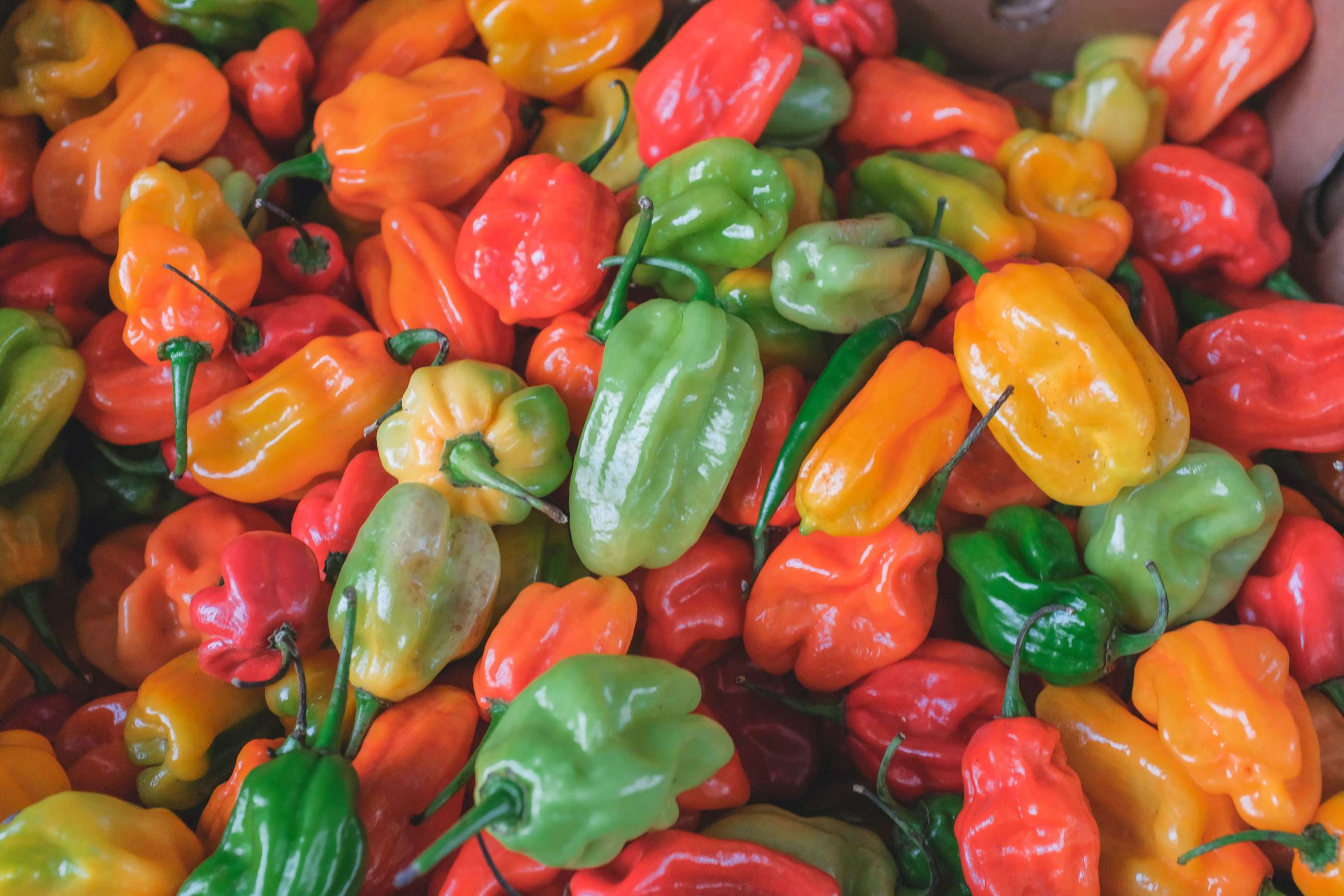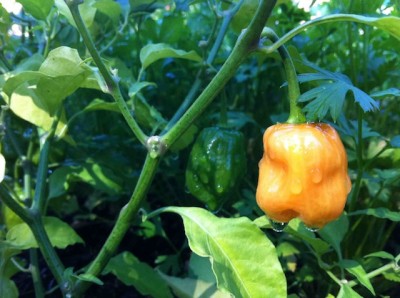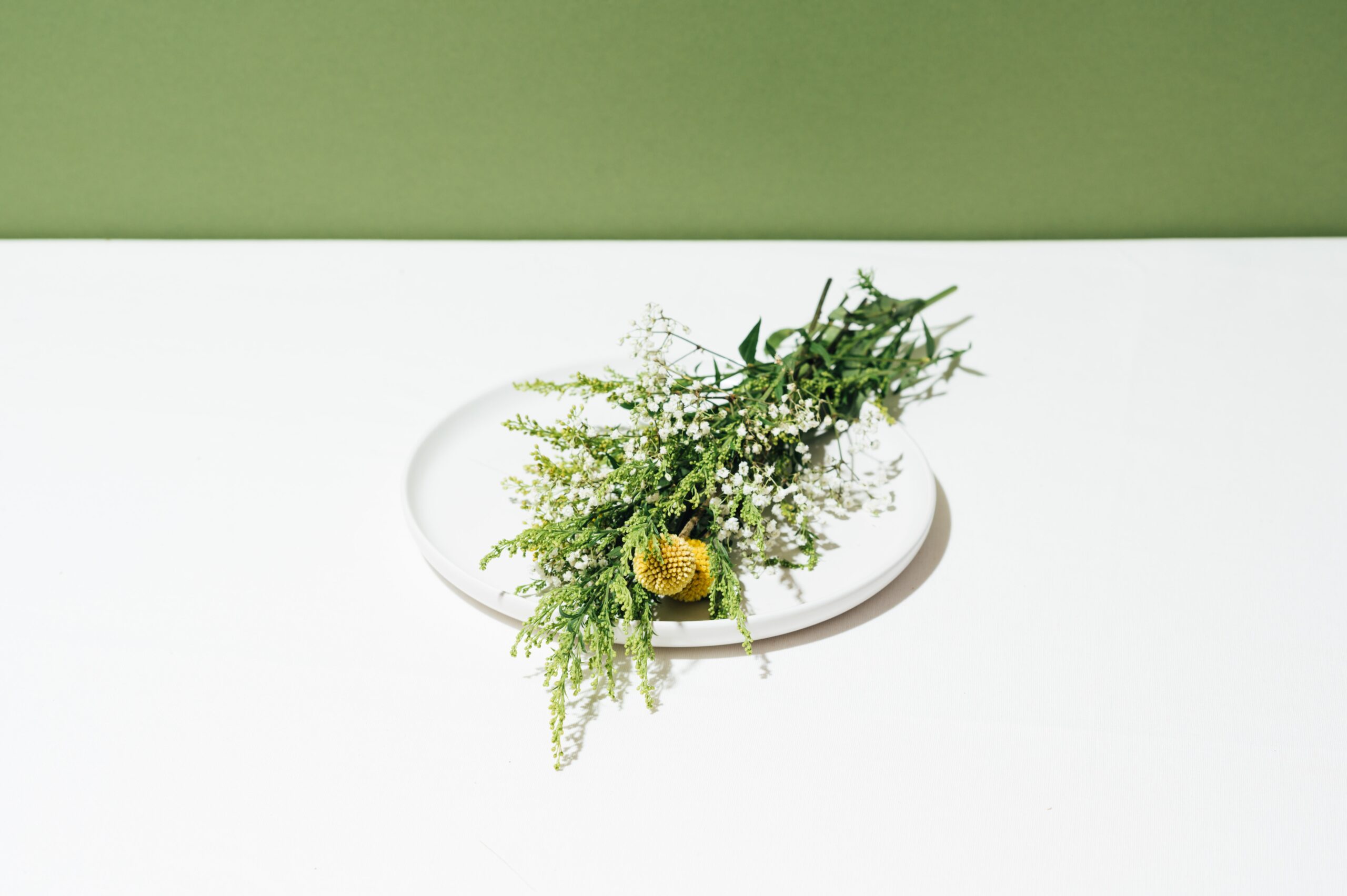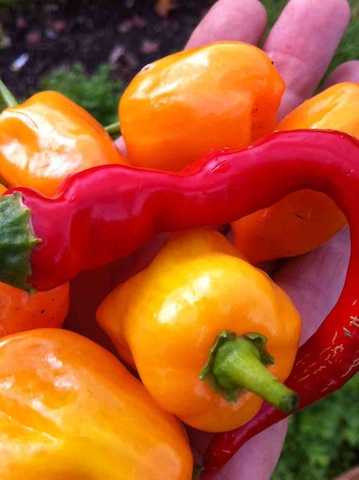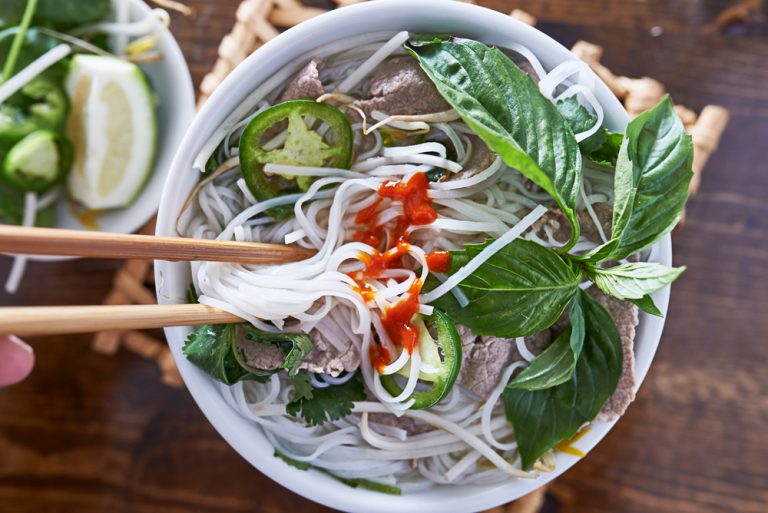When I go to a restaurant and look over a menu, I can be rather indecisive. One question that I never linger on though is “would you like that mild, medium, or hot?” Hot peppers are a favorite seasoning in our home, and we grow them from seed in our garden.
Whether it is the blazing heat of summer or the depth of winter, we often use peppers in our recipes. For thousands of years, people from South America to North Africa have created spectacular dishes, using hot peppers to bring on a little fire.
Peppers like these habaneros we are growing, also have medicinal qualities. They have been used in traditional herbal remedies for centuries and today there is an ever-growing selection of over-the-counter products that make use of their healing powers.
The active ingredient in peppers is called Capsaicin and it is the compound that gives them their heat. Chemically it hyper-stimulates sensory nerves which causes the burning sensation on your tongue and other sensitive tissues. In controlled amounts, though it can be used topically to reduce the pain associated with arthritis, shingles and the neuropathy of diabetes. This analgesic ability comes from capsaicin’s effect on your body’s neuropeptide substance P, which is involved in the transmission of nerve pain. Also, as a local irritant, capsaicin in the right amounts can dilate capillaries and promote circulation.
Taken internally, the health benefits of capsaicin in peppers continue to be studied and have been shown to have many potential benefits. These include
- Thinning mucous secretions in some respiratory conditions
- Treatment of prostate and lung cancer
- Risk reduction of atherosclerosis
- Diminishing the pain associated with rheumatoid arthritis and fibromyalgia
- Reduce insulin resistance in type 1 diabetes
- Treatment of cluster headaches
In traditional Chinese medicine peppers that contain capsaicin are, predictably categorized as hot and spicy. Like ginger and cinnamon, they are by nature therapeutically warming, promote circulation, and can help relieve pain, depending on how and in what amounts they are taken. Before taking a new herb it’s always a good idea to talk with a qualified practitioner. However, there are lots of sensible ways to use the healing power of hot peppers on your own. Of course, cooking with peppers is fun and once you find one that’s to your taste, they can add tremendous flavor –not just bite- to dishes. In my pozole recipe, there are 5 different kinds of pepper, balanced for taste.
Here is another recipe – for topical use only. It is a safe, easy to make massage oil which is great for achy muscles & joints, especially for those of you who like to run outside in the cooler weather but benefit from warm applications (did someone say marathon?). A recent article at Well+Good NYC illustrates how the heat and the circulation this oil promotes can keep you on the road at times when cold therapy would only tighten muscles up.
Recipe for Chili Massage Oil
This is an oil that can be used to massage along with large muscles or any place that feels creaky. It’s great for joints that ache in cold damp weather. Of course, use common sense precautions: it should feel warm but not burn. If you think it’s irritating your skin, stop using it, and wash it with a gentle soap.
Ingredients
- 1 quart Olive Oil
- 1/2 oz cloves
- 3/4 oz Cayenne Peppers
Instructions
- Chop and crush peppers and cloves.
- Add to oil.
- Bake in an oven on a low heat for 2 hours.
- After it has cooled add one capsule of vitamin E as a preservative.
- Strain and bottle.
- Use as massage oil (external use only)
This is a quick one to make. It feels good and has a nice nutty smell. Make sure to have small bottles to decant into because there is enough here to give to friends.
